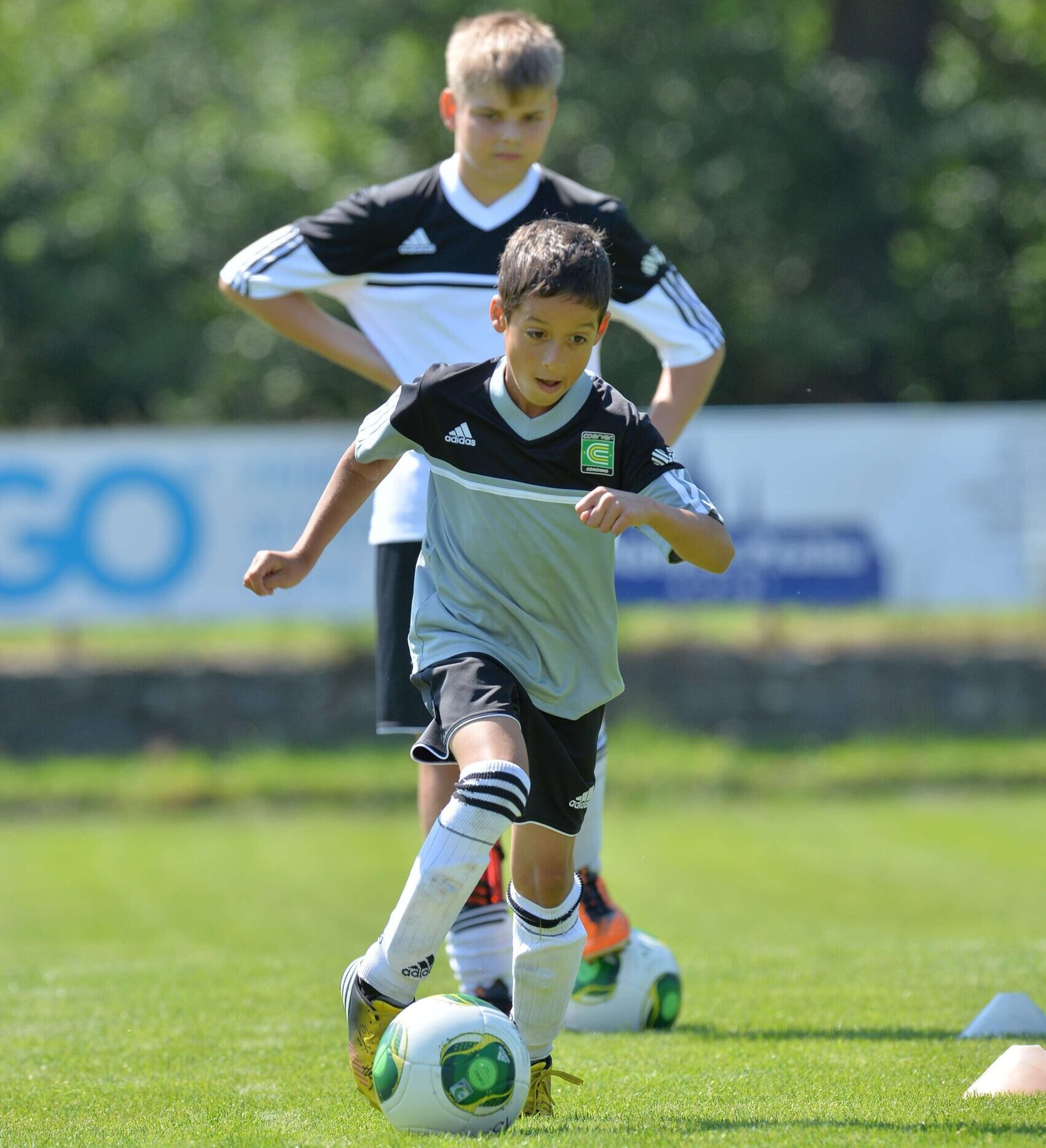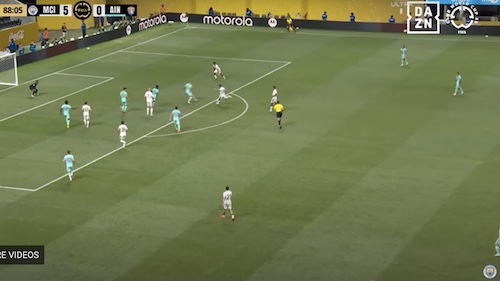Soccer fitness tests: What soccer fitness tests should your teams run through? Should you measure speed, endurance, strength or all of these things? What about flexibility? Isn’t flexibility important in soccer….how often should you run your players through these fitness tests during the soccer season? And when one of your soccer players is coming back from injury, how do you ease them into a full game?
The public school system is always testing their students, and if you’ve watched The Wire on HBO, then you’ve seen how futile this is, teaching students how to answer test questions rather than actually teaching something to the students. This goes for soccer too, meaning you don’t want to get too caught up in all the testing and forget about improving ball skills or passing and finishing.
You have to measure your players though, see how they do throughout the soccer season in certain tests. Nowadays, players are wearing fitness tracking gadgets or heart rate monitors. Even Lionel Messi Wears a Heart Rate Monitor.
In soccer, you don’t want to waste all your time on testing and fitness, but you do have to measure the fitness level of your players. Then, as an individual player, it’s good to know where you stand compared to other players. And, you want to challenge yourself, improve your speed, strength, and fitness. So, you need to know where you stand so you can set goals and that’s why it’s good to do some fitness testing.
A lot of college soccer programs and the pros will initiate fitness tests on the first few days of pre-season camp to gauge the fitness levels of their players – see if they’ve been following the off-season fitness plan. It’s common to do the Cooper Test, a two mile run, to see how fit players are. The goal is to run the two miles under 12 minutes.
It’s a good idea to test fitness levels at the beginning of the season and then at a mid way point, where you can then gauge whether or not a player’s fitness has improved. Also, it’s a good idea to do some fitness tests after a player has suffered an injury, and is now recovered and ready to return to training, you might one to initiate a test before they jump back into a game. Below are a few good fitness test for soccer players. Take a look.
Soccer Fitness Tests: Speed & Endurance Tests
The Beep Test (Yo Yo test) – 20 meter shuttle run where the soccer player must reach the line before the beep goes off. Initially players will easily be able to reach the line but the beeps will come at faster rates and players will soon fall out as they are unable to keep up.
The Cooper Test – players run for 12 minutes and the distance covered is recorded. Usually the goal is to run 2 miles under 12 minutes for a player in their late teens. It’s best to do the test at a track so it’s easy to record how far each player has run.
40 Yard Dash – good way to measure speed and quickness. Give players two or three tries and then take their best time from those runs.
Shuttle Runs – first time players in the shuttle run, about forty yards in length but running up, back and then through, at 75% speed, and then measure them at 100%; this gives you an idea of their fitness level.
But the best test is to see how players do in an actual game. Sure, you don’t want to rush players out into a playing a full 90 minute game at the start of the season, but you want to let players play perhaps a half or 30 minutes and then slowly increase the time they stay on the pitch. It’s good to slowly easy the players back into a full, intense 90 minute game. If you rush them, they’re bound to get hurt.
Strength Tests
Pushups & Sit ups – count how many push ups a player can do in one minute and then do the same for sit ups.
Pull ups – if you have access to a gym, testing to see how many pull ups a player can do at one time gives you an idea of where that player stands in terms of strength.
Vertical Jump Test – to measure the ability to get up and win headers and leg strength. This can be measured jumping from a standing position off of two feet or one and then running before jumping off one foot or two. Record the best of three jumps.
Remember: In soccer, often a player’s quads will become strong from running up and down the field and cutting in all sorts of directions. It’s important to balance this out by maintaining strength in the hamstrings – to prevent a player from suffering a muscle strain or hamstring tear.
The goal for all fitness and strength is to reach the top state of performance for each player based on their age, weight and indivual characteristics. Every payer is different, some players are short and some players are tall, some fast some slow, but each player can reach their top level by being fit and strong. And all players can work hard to get there.
The key though is to work towards improvement. So, if you record times at the beginning of the season you can measure them again at the half way point and then maybe at the end of the year or even compare the times the following year. What the recordings do is give players a target to shoot for and beat – a fitness goal. That’s the key with measuring fitness: you want your players to take responsibility for their own fitness and work towards beating their times.
Learn more about getting in shape and eating healthy in our weight lifting and nutrition sections.
Use soccer fitness tests through the season to gauge players fitness levels.















